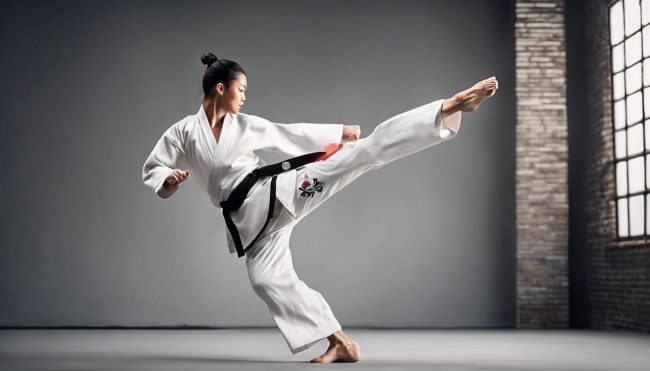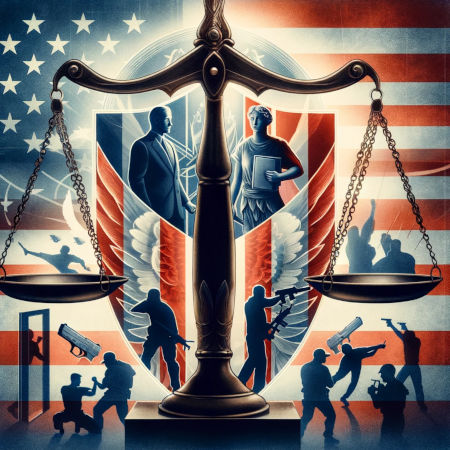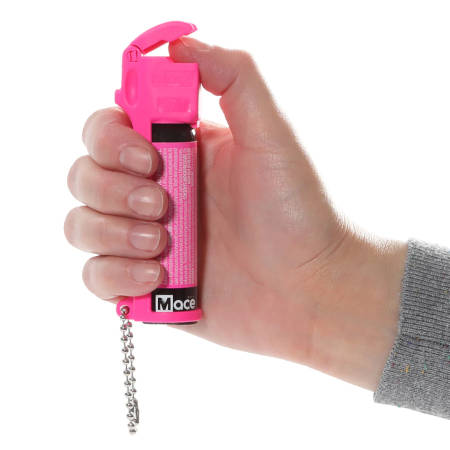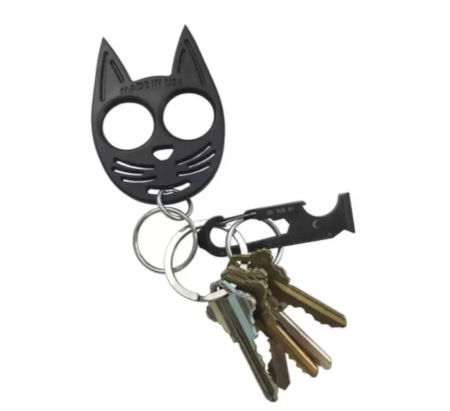Christmas Sale - 10% off. Shop Now!
Self Defense Options

When it comes to personal safety, being prepared for unexpected threats is essential. Whether you’re walking alone at night, navigating a crowded area, or simply want peace of mind, having a range of self-defense options at your disposal is key. From mastering de-escalation techniques to equipping yourself with non-lethal weapons like pepper spray and stun guns, these strategies can empower you to protect yourself and your loved ones. Remember, it's not just about having the right tools—it's about knowing how to use them effectively under pressure.
Understanding Self Defense Options
Effective self-defense encompasses a combination of physical tactics, mental preparedness, and the right tools. In this guide, we’ll explore various non-lethal self-defense techniques, weapons, and strategies that can help you stay safe in various situations.
1. Non-Lethal Tactics
Effective self-defense often starts with prevention and de-escalation. Non-lethal tactics are crucial for staying safe without resorting to violence. Here’s how:
-
Verbal Assertiveness: Using your voice confidently can often de-escalate a situation before it turns physical. Clearly stating boundaries and showing that you won’t be intimidated can deter a potential aggressor.
-
De-escalation Strategies: Recognizing signs of escalating behavior and responding calmly can prevent a situation from becoming violent. Techniques such as maintaining a calm tone, using non-threatening body language, and offering an exit for the aggressor can diffuse tension.
-
Physical Maneuvers: Techniques like wrist releases or joint locks can help you create distance from an aggressor without causing serious harm. These maneuvers are often taught in self-defense classes and can be effective in various confrontational situations.
By mastering these non-lethal tactics, you can neutralize threats while maintaining control, minimizing the need for physical combat.
2. Non-Lethal Weapons for Personal Safety
Equipping yourself with non-lethal weapons is a smart way to enhance your personal safety. These tools are designed to incapacitate an attacker temporarily, giving you the chance to escape:
-
Pepper Spray: A widely used self-defense tool, pepper spray contains capsaicin, which causes intense irritation, temporary blindness, and difficulty breathing when sprayed on an attacker. It's easy to carry and effective in a range of situations. Learn more about pepper sprays.
-
Stun Guns: Delivering a high-voltage electric shock, stun guns temporarily immobilize an attacker by disrupting their muscle control. These are particularly useful in close-range situations. Explore stun gun options.
-
Personal Alarms: Often overlooked, personal alarms emit a loud sound when activated, startling the attacker and attracting attention. They are compact, easy to carry, and can be life-saving in emergencies. Find out more about personal alarms.
-
TASER Devices: Similar to stun guns but with the added advantage of distance, TASERs shoot electrodes that deliver a powerful shock, incapacitating the attacker from afar. While effective, they require proper training to use correctly. Check out TASER devices.
Pros Cons Effective at a distance Limited number of shots Incapacitates target Can be expensive Reduces risk of physical confrontation Requires proper use training -
Self-Defense Keychains: Discreet and practical, self-defense keychains like kubotans or spiked tools can be easily carried and quickly deployed in an emergency. These tools are especially useful in close-quarters situations. Browse keychain defense tools.
3. Martial Arts and Physical Defense Techniques
Mastering a martial art can provide invaluable skills for self-defense. Whether it’s Brazilian Jiu-Jitsu, Taekwondo, or Krav Maga, these disciplines teach you how to defend yourself using a combination of strikes, joint locks, and situational awareness:
-
Brazilian Jiu-Jitsu: Focuses on ground fighting and leverage, making it effective for defending against larger opponents.
-
Krav Maga: A military-based system that emphasizes real-world situations, teaching you how to quickly neutralize threats with combative tactics.
-
Traditional Martial Arts: Disciplines like Taekwondo and Karate provide mental and physical training, emphasizing self-control, respect, and the ability to de-escalate situations.
These techniques not only improve your physical capabilities but also boost your confidence, helping you stay calm and in control during potential threats.
4. Firearms as Defensive Tools
Firearms are a serious option for self-defense and should be considered carefully. Owning a firearm comes with significant responsibilities, including legal obligations, training, and safe storage:
-
Legal Considerations: Each state has specific regulations regarding firearm ownership, including permits, background checks, and storage requirements. It’s crucial to be fully informed of the laws in your area.
-
Training: Proper training is essential for effective and safe firearm use. Regular practice at shooting ranges and taking safety courses can build proficiency.
-
Responsible Ownership: Safe storage is critical, especially in homes with children. Firearms should be locked away, with ammunition stored separately.
While firearms can provide a high level of defense, they also require a thorough understanding of their use and the associated legal responsibilities.
5. Legal Implications and Rights in Self Defense
Understanding the legal implications of self-defense is crucial. Laws vary widely depending on your location, but generally, the use of force must be proportional to the threat:
-
Proportionality: The force used in self-defense should match the level of threat. Using lethal force in a non-lethal situation may not be justified legally.
-
Self-Defense Rights: Knowing your rights allows you to act within legal boundaries. In some areas, "stand your ground" laws may apply, while others require a duty to retreat.

-
Legal Consequences: Actions taken in self-defense can have serious legal repercussions if they exceed what is considered reasonable. Being informed of your rights and responsibilities helps protect you legally while ensuring your safety.
6. Preparing for Self Defense Scenarios
Preparation is key to effective self-defense. This involves developing both mental and physical readiness:
-
Situational Awareness: Stay alert and aware of your surroundings at all times. Recognize potential threats and take preventive actions.
-
Psychological Preparedness: Manage stress and fear through mental training. Visualization and breathing techniques can help you stay calm and make quick decisions in high-pressure situations.
-
Physical Training: Regular self-defense training enhances your ability to protect yourself. Whether it’s through martial arts, fitness routines, or learning to use self-defense tools, being physically prepared is essential.
By combining mental and physical preparedness, you can navigate potential threats with confidence and skill, ensuring your personal safety in any situation.
Add your comment now!
Post CommentRecent posts
-
12/10/2024How to Protect Yourself with a Self Defense Baton
-
11/19/202410 Essential Apartment Security Tips
-
11/12/2024Self Defense for the Disabled: Strategies and Resources


